
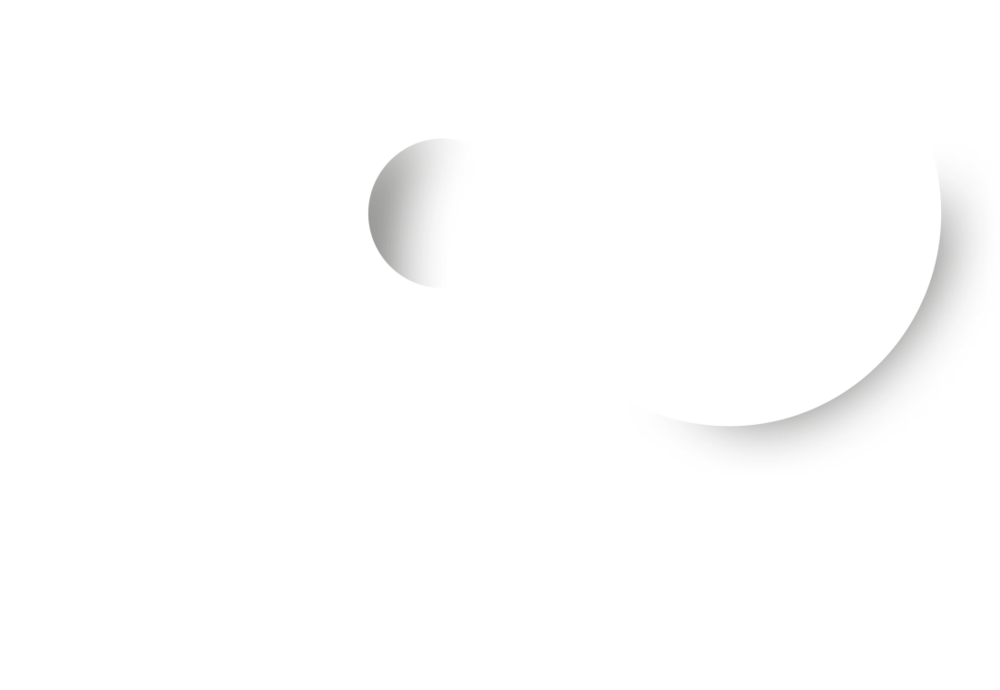


The war had changed everything. Dessau, together with the headquarters of the Anhaltisches Serum-Institut (ASID), had been heavily damaged by air raids in March 1945. German troops had blown the bridge over the Elbe at Roßlau, blocking the short distance to Tornau. Dessau was occupied by the Americans, whilst in Tornau and Waldersee, where the company’s Gestüt Luisium stud farm was located, it was the Soviets that were in control. Apart from the operations in Berlin, production at ASID was at a standstill. In the following weeks the ASID was to become a microcosm of the emerging East-West conflict. Dessau, it had already been determined, would form part of the Soviet zone of occupation.
Founding director Dr. Karl Ludwig Wolters and other staff members subsequently left Dessau for Munich, whilst other ASID employees moved to Itzehoe, on the North Sea. This was welcomed by the Americans and British, respectively, as there was initially no functioning serum plant in the western zones of occupation. For the Dessau workforce the westward migration represented a further challenge – the loss of researchers also constituted a loss of know-how.
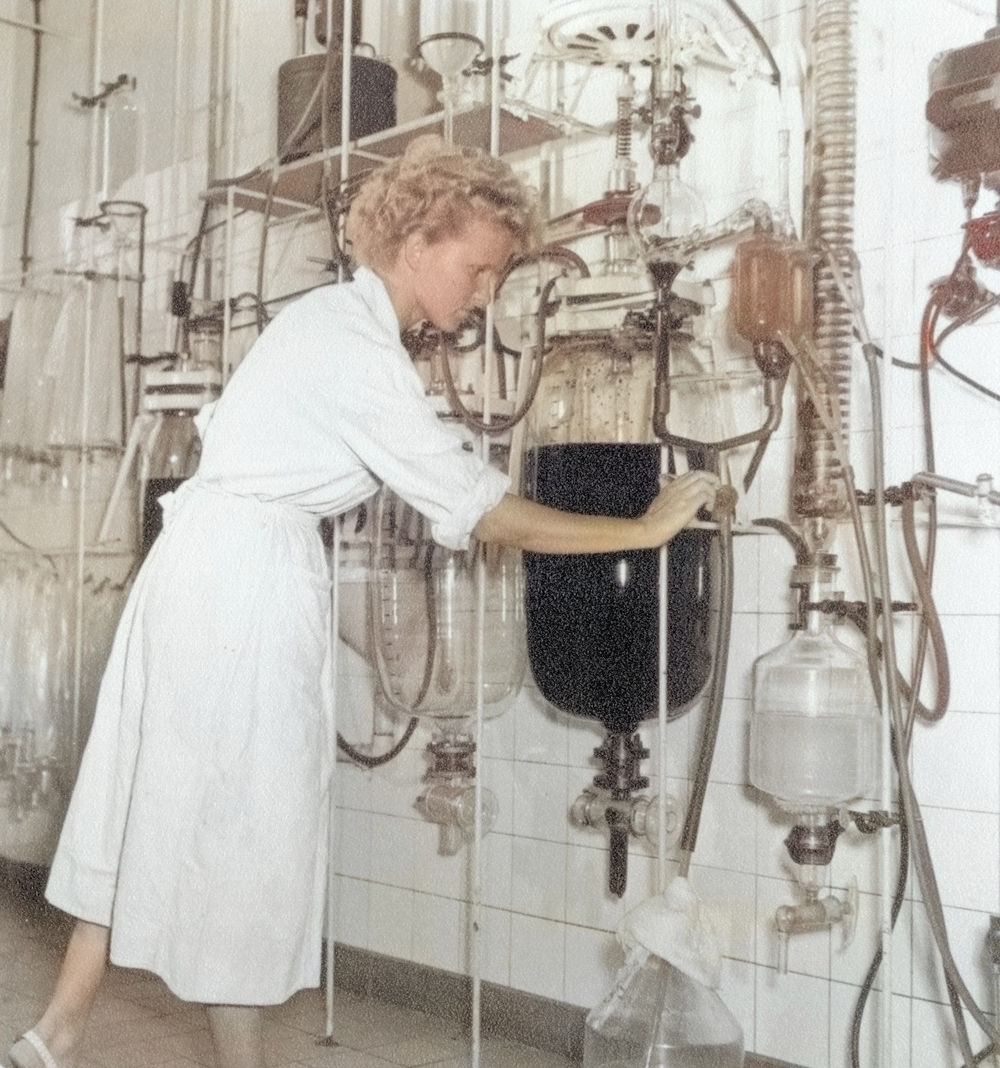

Serum processing – fermentative cleaning process in VEB Serum-Werk Dessau..
In spite of the brain drain, the Soviet military administration ordered the recommencement of activity, as post-war Germany was swept by epidemics - time was of the essence. Within the space of a few months, it proved possible to begin the provisional production of animal vaccines and serum. Meanwhile, the Berlin plants were supplying the 1.8 million inhabitants of the capital with typhus vaccines. In the following years the range of products was expanded, even including a “Bluko”, a blood storage flask.
Parallel to this there was not only arduous reconstruction underway, but also the complete restructuring of the previously corporation-based works organization. The foundation that had acted as a form of holding company was dissolved, with the Berlin operations separated and the main site in Dessau, together with Tornau, Luisium and the Bernburg production site being nationalized as ASID Seruminstitut as part of the “Pharma” union of state-owned enterprises.
In the years following the founding of the GDR in 1949 responsibilities changed several times from the Ministry of Heavy Industry to the Ministry of Health and finally the Ministry of Agriculture.
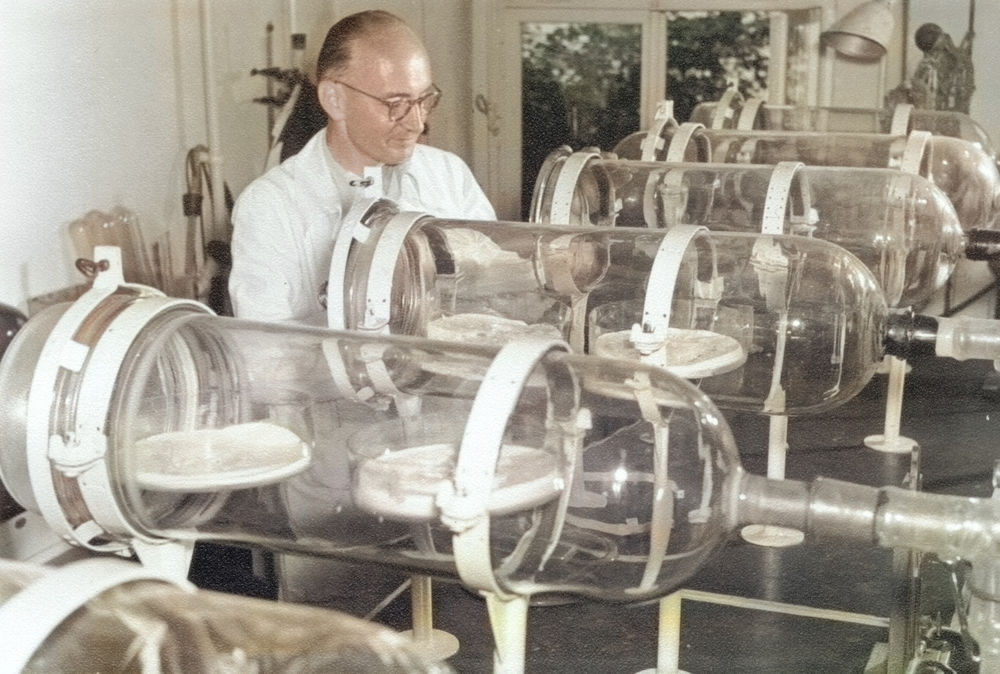

Dr. Voullième at glass recipients in the vacuum, freeze-dry facility in the production management department.
The struggle for control also involved the alignment of the Forschungsinstitut für Impfstoffe - vaccine research institute - as the establishment was now called. Because the so-called collectivization of agriculture and its later industrialization raised a whole new series of veterinary problems that Dessau was required to resolve. At the same time, the research institute also played a central role in human medicine, such as in the fight against polio. The vaccine that allowed the GDR to effectively declare itself “polo free” in 1960, earlier than in the West, was developed in Dessau.
Following a period of interim leadership, from 1954 Prof. Hubert Möhlmann was to head what was now the Institut für Impfstoffe, a veterinarian and acknowledged expert. Under his aegis the institute pursued two paths - as both a basic research establishment and production operation.
Research and production faced a constant battle with the shortages of the GDR economy. When, in the 1950s, a new red murrain serum department was constructed in Tornau, some of the building materials had to be brought to the site via horse-drawn carts. The need to improve methods of identifying tuberculosis also stemmed from “real socialist” circumstances: as the pathogens found in cattle were not killed to a sufficient extent in the dairies, they often made the leap to humans.
The institute developed more and more products, whether these were to tackle the increasing number of diseases associated with the rearing of young animals or, in the human medicine field, a hepatitis-B detection test. Employees published specialist articles; by 1954 alone there were twelve dissertations written at the institute.
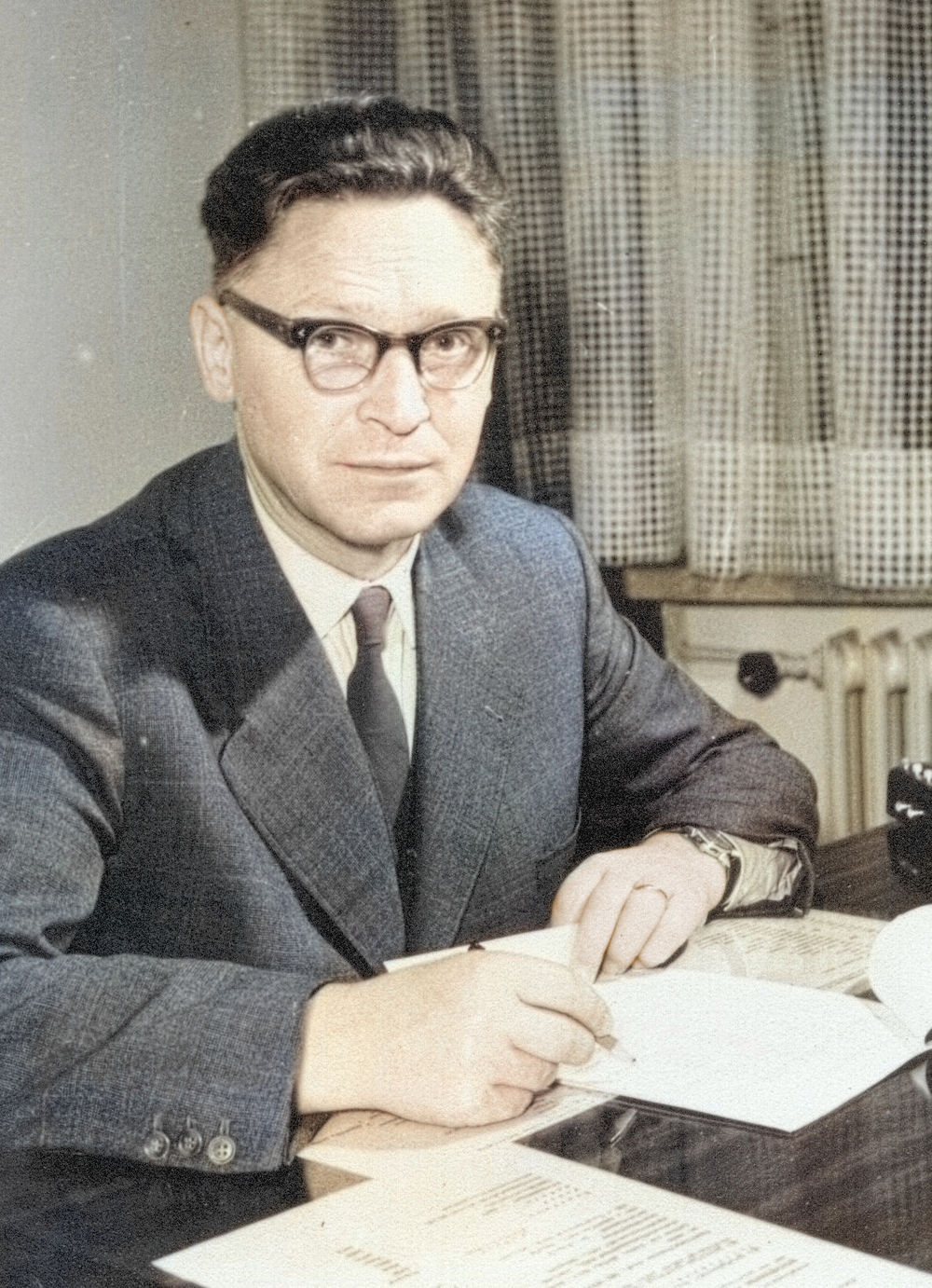

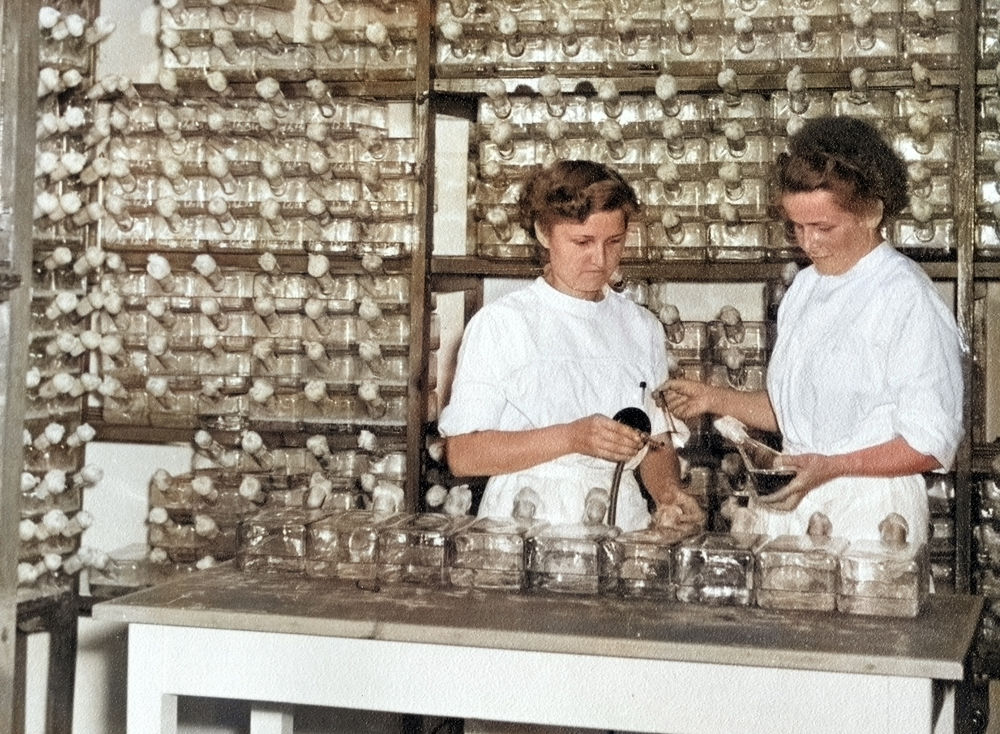

Incubator for tuberculin production.
In spite of investments, new buildings in Dessau and Tornau, new plants – Möhlmann considered the institute to be overburdened with 79 products and aimed to focus more intently on research and production. However, he fell victim to the new wave of economic ideologization and was unceremoniously replaced as director in 1973. His successor was chosen above all on political merits, with the word research removed from the name of the institute and basic research partially moved elsewhere. Overall, the institute resumed a stronger focus on veterinary medicine. This was also urgently needed to some extent, as whilst bovine tuberculosis had been eradicated, the enormous pig stocks of the GDR were now plagued with salmonella infections.
By this time the operating plants had reached their limits, with 111 products produced. As a consequence, in 1982 the foundation stone was laid for a completely new plant in Tornau, with work continuing until 1988. This change was accompanied by a further renaming and reorganization: Impfstoffwerk Dessau-Tornau became part of the animal vaccine combine VEB Kombinat Veterinärimpfstoffe, with a workforce now numbering 2,400 employees.
The aim was to supply the Eastern European socialist states with products, but also to earn foreign currency - its products were to be exported to the West. Although an increasing number of new products were developed and introduced, this balancing act was only partly successful.

The department for anti-toxic and anti-bacterial sera in the Research Institute for Vaccines Dessau was the nucleus for the development of the Tornau site.
It could be described as an irony of history: the new vaccine plant failed due to the economically moribund GDR – whilst at the same time acting as the foundation stone for an economic success story following the collapse of the GDR. And of all things, it was the foxes crossing the inner-German border that were to bring the Impfstoffwerk and the Klocke Group together.